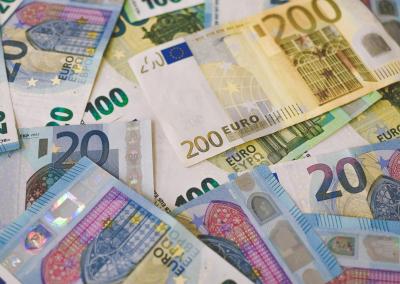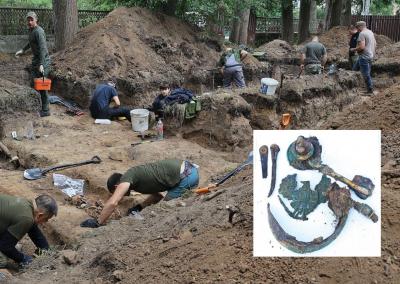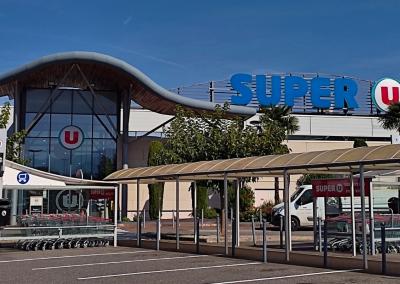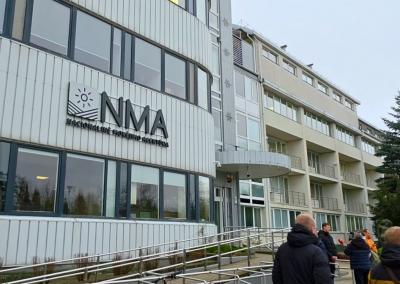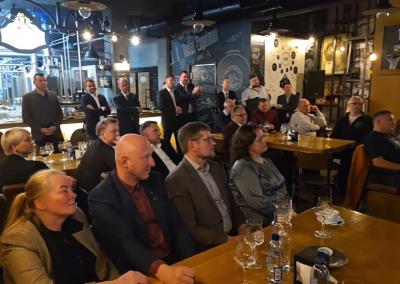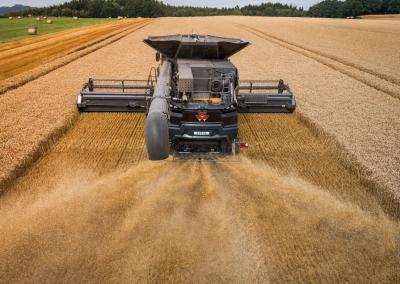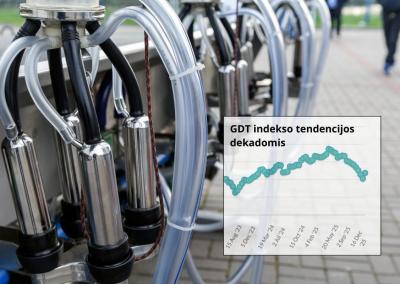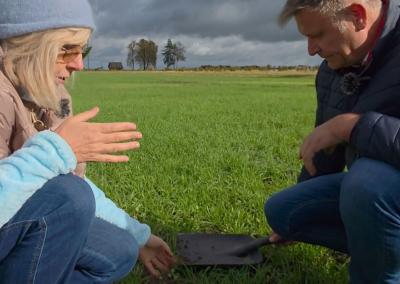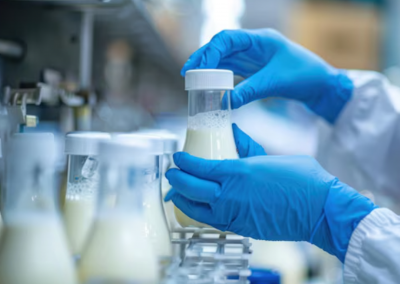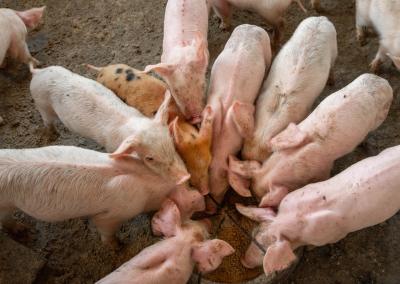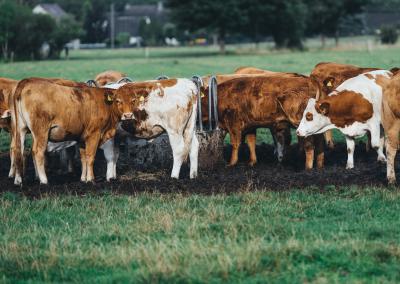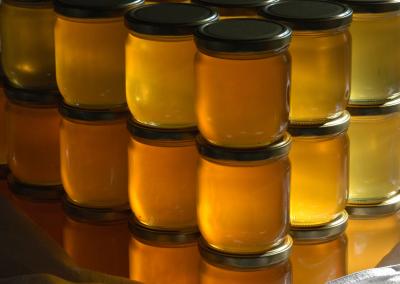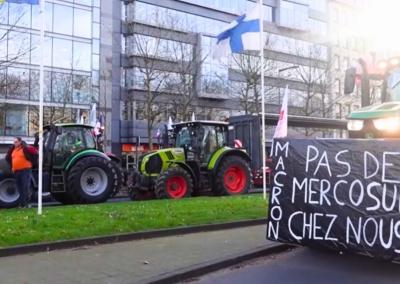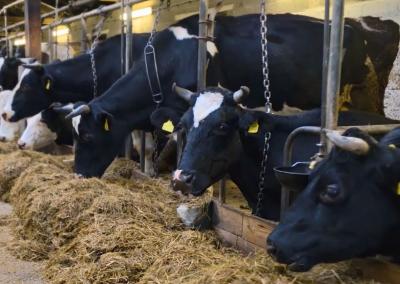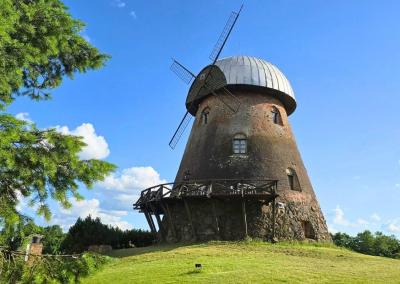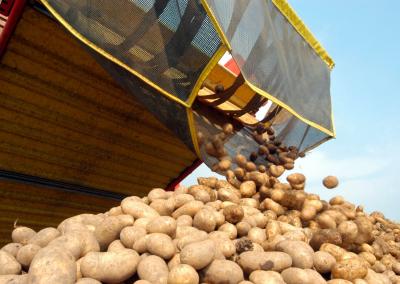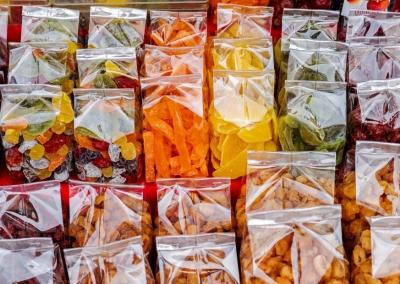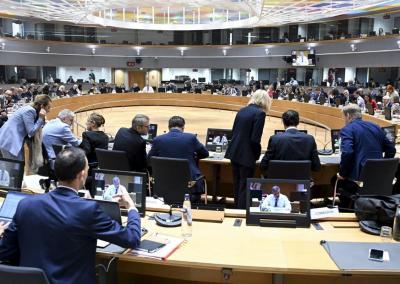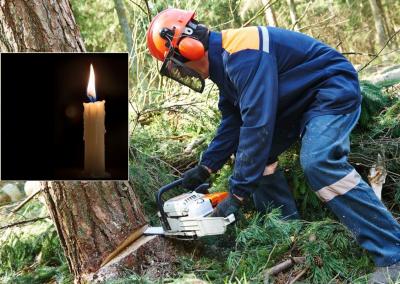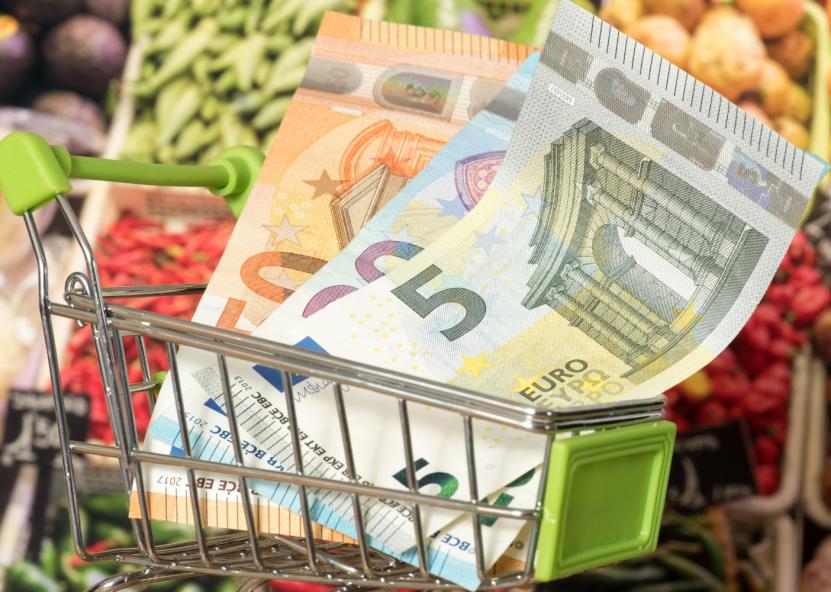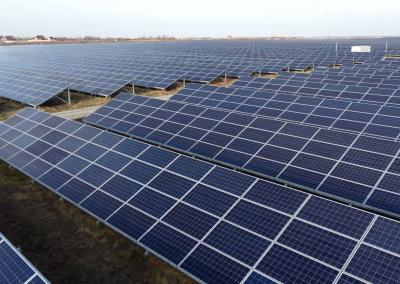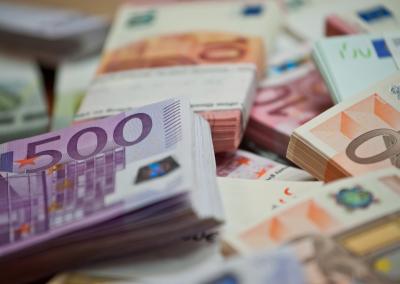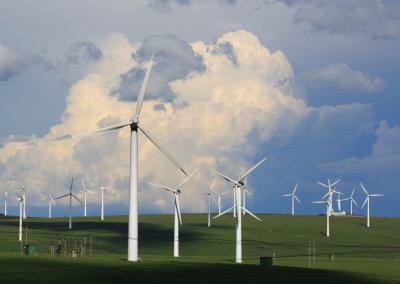Lithuanian industry expectations improved in August
Lithuanian industry expectations improved in August, rising to 47.1 from 45.9 in July, reversing the downward trend since May, according to the Lithuanian Industry Expectations Index (PLI), compiled by the Confederation of Lithuanian Industrialists (LCI).
The more optimistic assessment after four months was mainly driven by improving expectations for industrial production in the coming months and slightly improving expectations for industrial demand. Industrial orders, which have improved slightly since the beginning of the year, remain stable (neither significantly increasing nor decreasing). Inventory levels are adequate and not excessive. Demand in export markets is also broadly stable, although companies in the textile and garment sectors, for example, expect a further decline in exports.
Several industrial sectors are reported to be experiencing a growing sentiment of downsizing. Sales growth is expected by few companies and a certain degree of complacency prevails.
Although the majority of companies have no plans to change their workforce, almost one in six textile manufacturing companies and almost one in three garment companies are in a downsizing mood. The sector is facing aggressive competition from Asian producers, which is hampered by high production costs in Lithuania.
Similar sentiments are also affecting companies in the metal products, excluding machinery and equipment, manufacturing sector. The latter are facing a severe shortage of demand in export markets (orders from the German automotive industry are still stagnating). Nearly one in two companies in the computer, electronic and optical products and rubber and plastic products sectors will soon be looking to increase their workforce.
The capacity utilisation rate was 72.4% in August, 0.4 percentage points higher than in July. This capacity utilisation result is below the long-term capacity utilisation target of 75% (2015/2024). Only the production of food products (87.4%), the production of fabricated metal products other than machinery and equipment (84.9%) and the production of textiles (74.7%) showed above-average capacity utilisation in the industrial sector.Capacity utilisation in most of all industrial sectors increased during the month, i.e. higher than in July. It declined over the month in the manufacture of fabricated metal products, except machinery and equipment (from 85.7% in July to 84.9% in August), in the manufacture of wood and of products of wood and cork, except furniture; in the manufacture of articles of straw and plaiting materials (from 71.9% in July to 71.8% in August), and in the manufacture of wearing apparel (from 69.7% in July to 68.9% in August).Expectations for August were better than the industry-wide average for the manufacture of rubber and plastic products (expectation index of 64.6 vs. 55.3 in July), the manufacture of computers, electronics and optical products (53.7 vs. 53.3 in July), the manufacture of food products (49.6 vs. – 48.3), clothing (48.1, up from 44.8 in July), furniture manufacturing (47.8, up from 46.2 in July), manufacture of fabricated metal products, except machinery and equipment (47.8, up from 47.9 in July), and manufacture of chemicals (47.3, up from 46.2 in July).








